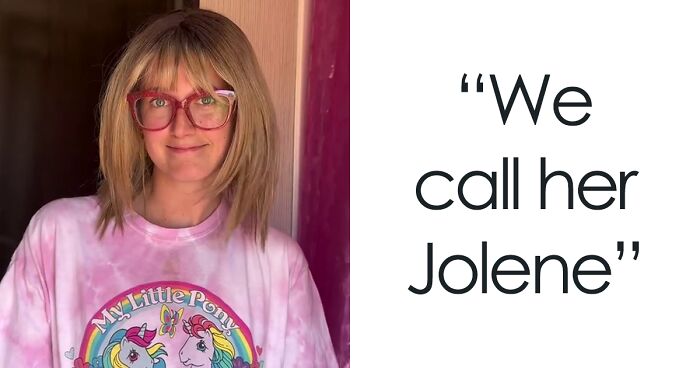
Woman Finds A Hilarious Way To Show Company Their Rule Against Colored Hair Is Ridiculous
InterviewMost jobs have certain rules employees have to follow, which cover everything from procedures at work to their appearance. But the latter is something not all employees are equally on board with.
TikToker Emily, known to her followers as ‘emuhleeebee’, went viral after she shared her way of combating the company’s “natural hair only” policy. The hot pink color of her hair wasn’t allowed at work; however, terrible wigs were. That’s what encouraged the TikToker to wear them regularly, and what started with three funny-looking wigs soon grew to become an impressive collection thanks to her followers and the “wigshlist”.
Bored Panda has got in touch with the proud owner of the terrible wigs and she was kind enough to answer some of our questions. You will find Emily’s thoughts in the text below.
“If you haven’t seen the video that I posted a couple of days ago, it is me in a terrible wig, which I do to combat the absolute ignorance of corporate not allowing pink hair”
Image credits: emuhleeebee
“I have three wigs that I cycle through and they’re all equally terrible. Here’s my hair. It is dirty. It is gross. It’s normally a lot more vibrant because I use things to keep it nice and vibrant. But I don’t have it in me to wash my hair today. So this is what you get. I will be diggily darned if I get rid of my pink hair.”
“Starting off strong with the wig that is known and loved. My friend Jackie said that I looked like Joe Dirt”
Image credits:emuhleeebee
“As soon as I saw it I could not unsee it. So a spin-off of Joe Dirt, we call her Jolene.”
“My second wig. A little number I like to call Tina. Here she is”
Image credits: emuhleeebee
“She is bad. Her hairline – nonexistent. I don’t understand it. The math is not mathing. For obvious reasons, I am Tina in this wig because I look like yours truly, Tina Belcher.”
“Last but not least, this one was named by my friend Harvey. He named this one Stacey Brunetta. She is bad. She’s crunchy”
Image credits: emuhleeebee
The video of Emily showing off her original three wigs gathered hundreds of thousands of views
@emuhleeebee Replying to @elizabeth thx for asking, bestie. #corporate#corporatelife#coloredhair#pinkhair#wigs#punkycolour#punkycolor♬ A Day in My Life – Soft boy
More terrible wigs were soon added to Emily’s collection
Image credits: emuhleeebee
Image credits: emuhleeebee
Image credits: emuhleeebee
Image credits:emuhleeebee
Image credits: emuhleeebee
There are numerous reasons companies impose employee appearance-related rules
There can be numerous reasons businesses impose a dress code of some sorts or regulations regarding employee appearance, from it being a safety measure to matters relating to representing the brand. Society for Human Resource Management (SHRM) emphasized that employees are typically the “face” of the company, which is why it’s important for businesses that they look presentable. This might entail requesting a certain way of dressing and grooming—including the hairstyle or hair color—as well as following hygiene standards.
SHRM pointed out that policies regarding employee appearance, if any, should be clear and specific. However, it also suggested that every employer should think about whether their criteria are relevant to the job. According to quite a few people in the comments under Emily’s videos, the color of their hair has in no way impacted their ability to perform their duties.
Emily told Bored Panda that she was only informed about the “natural hair only” policy after she was hired. “I was told I could not have my pink hair after being hired and leaving my previous place of employment,” she opened up. “The idea of a job judging my professionalism based off of my hair was really emotionally troubling and dehumanizing altogether. I assumed I was hired because I fit the position only to find out my hair could be a hindrance for my career. The only policy I’ve been told is ‘natural color only’, however, the handbook mentions nothing of hair color stipulations.”
That’s what encouraged her to find a solution that would allow her to keep both the job and the pink hair. “I started off the job with a bad blonde wig—terrible shape, very cheap-looking, very thin and stringy; I wasn’t changing my hair for the job. Changing a part that I love the most in my appearance—my pink hair—for a job is so far out of the question for me, I knew the only answer was wearing a wig.”
Emily told Bored Panda that she then decided to post a silly video on her TikTok account, which people of the internet loved so much, they wanted to contribute to the malicious compliance by sending even more terrible wigs; that’s how the “wigshlist” came to life.
“The ‘wigshlist’ was the suggestion of a few of my internet friends,” the TikToker said. “They loved the wig idea so much and really have gone wild with buying crazy wigs. I love it. I’m up to eight wigs that my internet friends have bought and I’m honestly tickled pink over it.” She also added that she loves all of her wigs the same, and truthfully couldn’t choose a favorite.
Image credits: Chloe (not the actual photo)
Forbidding certain colors can turn against the company itself
Some people suggest that the way an employee presents themselves at work can affect others on a subconscious level. A career expert at LinkedIn, Nicole Williams, told Business Insider that even if the boss doesn’t think that they’re thinking less of their employee because of certain appearance-related decisions, subconsciously they might. That is likely one of the reasons why etiquette coach Barbara Pachter said to Business Insider that “both men and women have to be cautious with bright colors”.
Complete Payroll emphasized that unless it is part of a religious practice or common in a particular ethnicity, brightly colored hair is not a protected trait, which is why there’s nothing stopping companies from banning it. But it also pointed out that such ways of expressing oneself are getting more and more socially acceptable, including in professional settings, which is something to keep in mind when creating corporate policies. Not allowing employees to have bright-colored hair or not hiring people with such might make it more difficult to find or retain talent.
HR Dive seconded the idea that such restrictions can work against the business, as younger generations entering the workforce are arguably expecting to be accepted as they are. The HR generalist at Duff & Phelps Investment Company, Wendy Williams, told HR Dive that being too restrictive might result in missing out on suitable candidates.
Considering that millions of people globally are dyeing their hair—be it brown, black, or all colors of the rainbow—workplace rules that are too strict or somewhat irrational might leave quite a few of them unhappy. According to Statista’s data, over 63 million people in the US alone were using hair coloring products in 2020. That was also the year when a lot of them decided to try out a bolder color, as the covid period seemed to be the perfect moment to do it. Garnier’s survey revealed that during the pandemic, roughly half of the 2000 American women polled tried out a bold color because “it seemed like a good opportunity while home”.
Emily seems to have been rocking her pink hair for a while now, and it doesn’t look like she’s planning on changing it any time soon; not because of work, at least. Her inventive way of solving the problem of her company having a “natural hair only” policy not only allowed her to keep her beloved hair color but amused quite a few TikTok users as well.
“I was and still am shocked at how much the internet has taken to this form of malicious compliance,” she told Bored Panda. She also pointed out that such a form of malicious compliance has opened up the door of communication with the clientele that she interacts with daily. “Obviously, my wigs are in fact wigs and customers aren’t shy about asking ‘what’s up with the wigs?’. When I explain why I’m wearing crazy wigs each and every person has scoffed at the company policy. It’s a wild concept to me that the customers love my pink hair but the corporate hates it.”
People shared their opinions about similar policies in the comments, some spoke about personal experiences
I f*****g hate rules on appearance unless it's for a genuine reason
I get no short-shorts or crop tops that look more like bras that shirts but hair?!
Load More Replies...I am a business librarian with three tattoos and have had blue, pink, and purple hair (not all at the same time...but who knows what the future holds?)...usually spiked up. Does it annoy my boss? Absolutely. Am I still 100% professional in my duties? Also absolutely.
I f*****g hate rules on appearance unless it's for a genuine reason
I get no short-shorts or crop tops that look more like bras that shirts but hair?!
Load More Replies...I am a business librarian with three tattoos and have had blue, pink, and purple hair (not all at the same time...but who knows what the future holds?)...usually spiked up. Does it annoy my boss? Absolutely. Am I still 100% professional in my duties? Also absolutely.

 Dark Mode
Dark Mode 

 No fees, cancel anytime
No fees, cancel anytime 






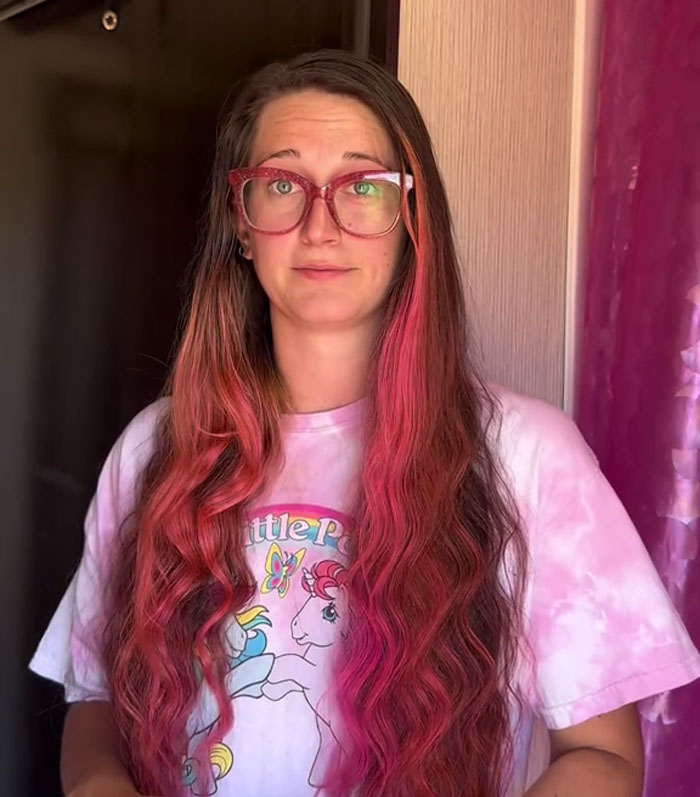
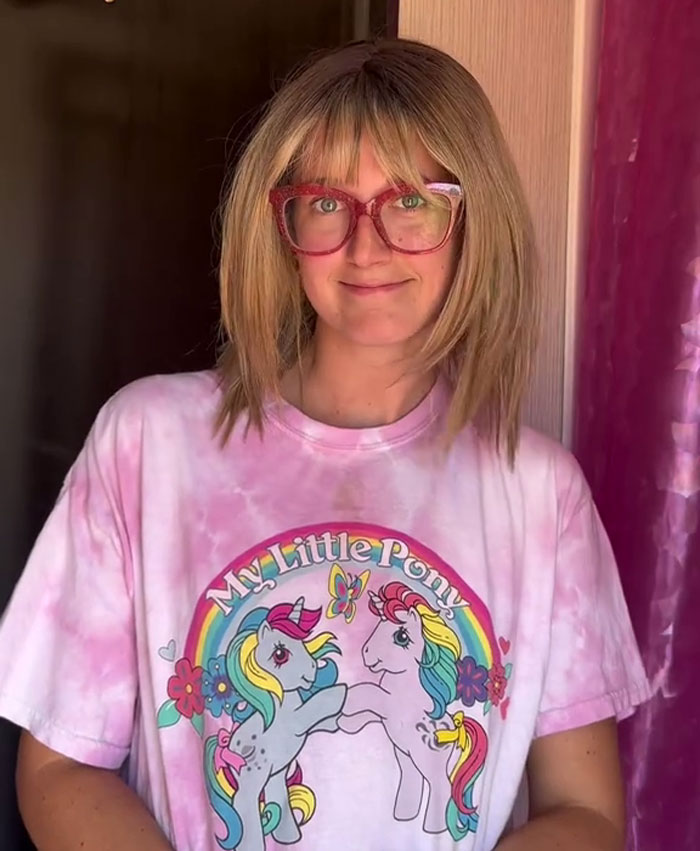
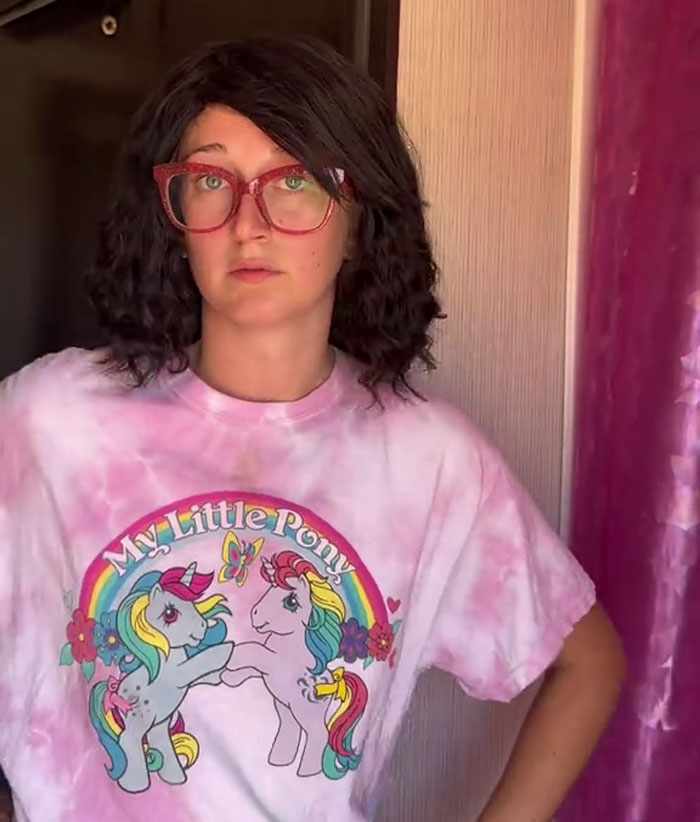
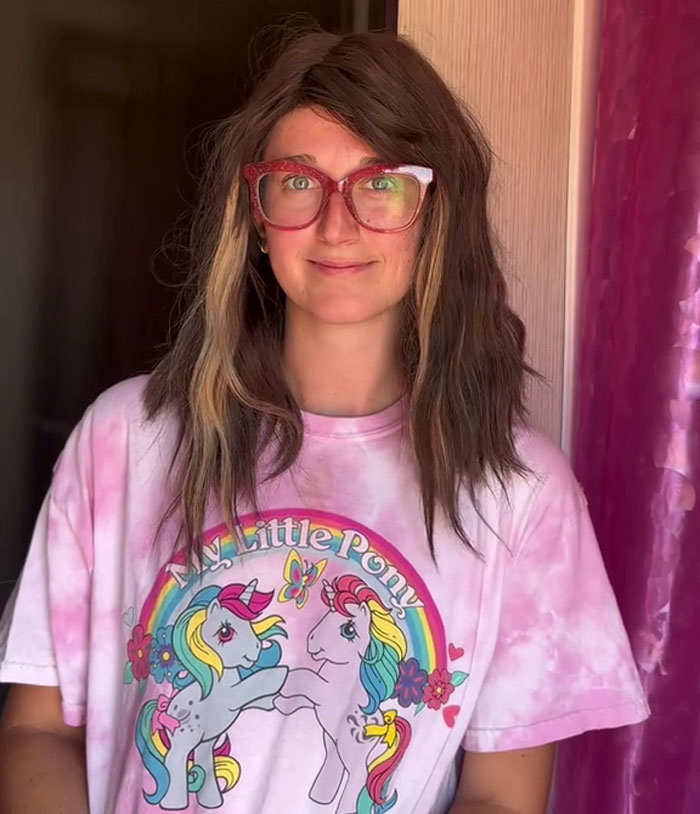
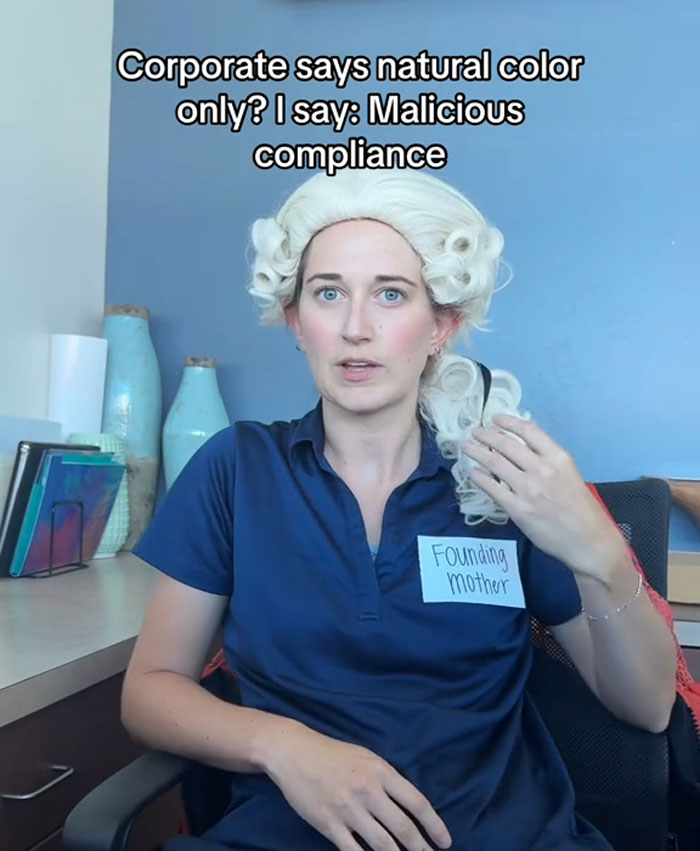
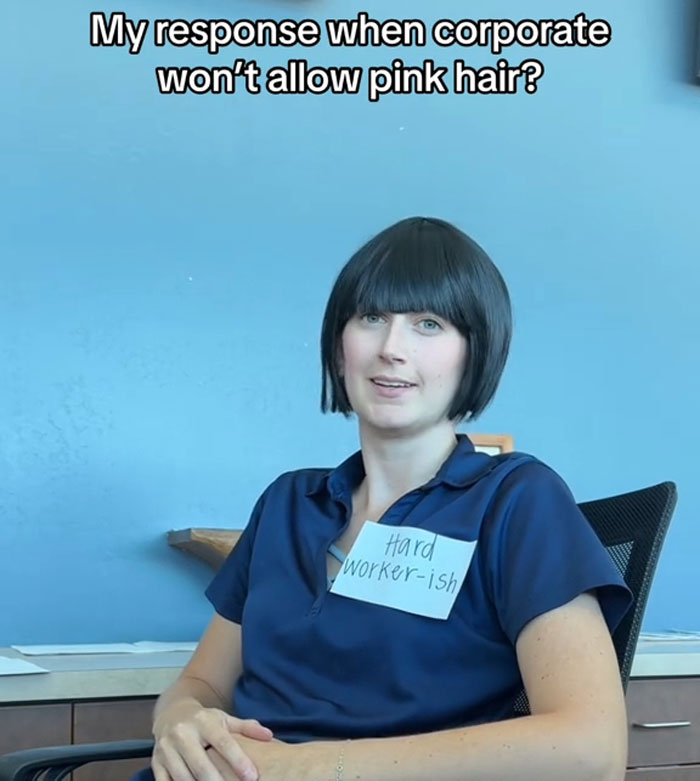

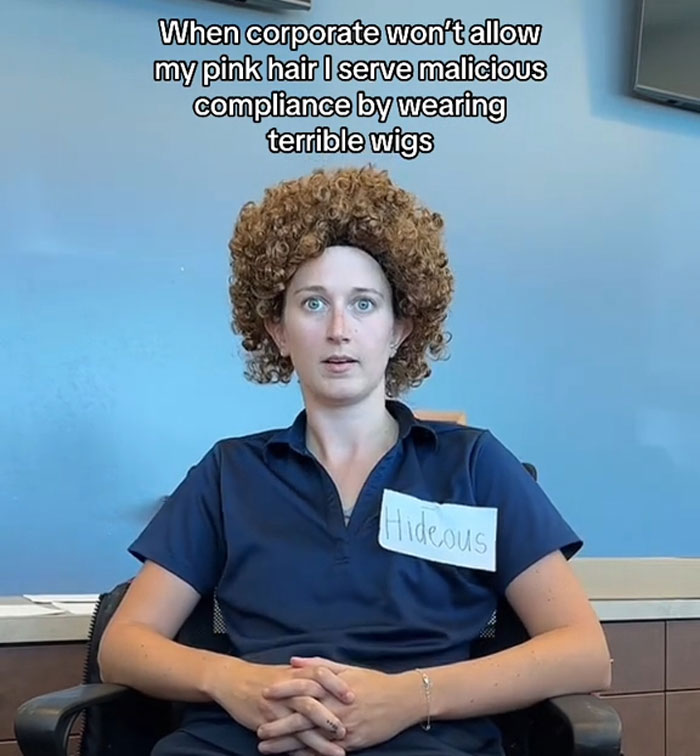
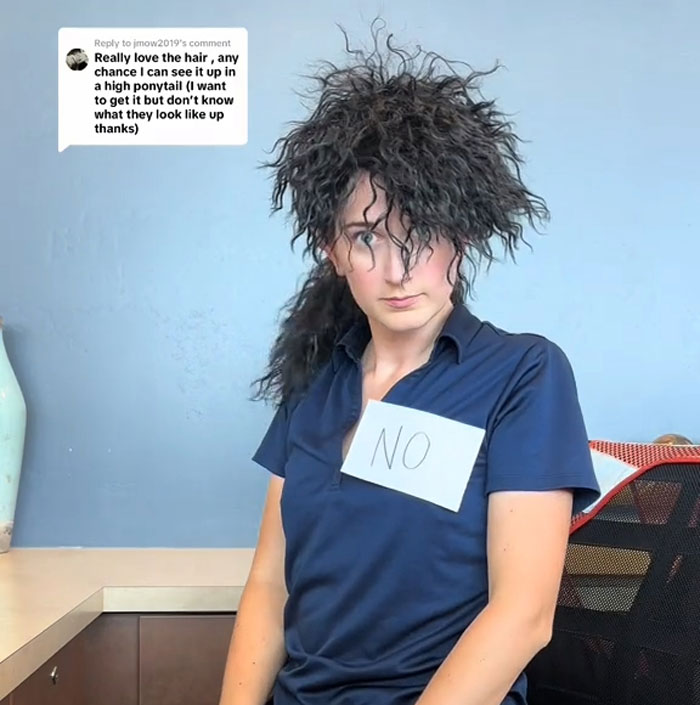
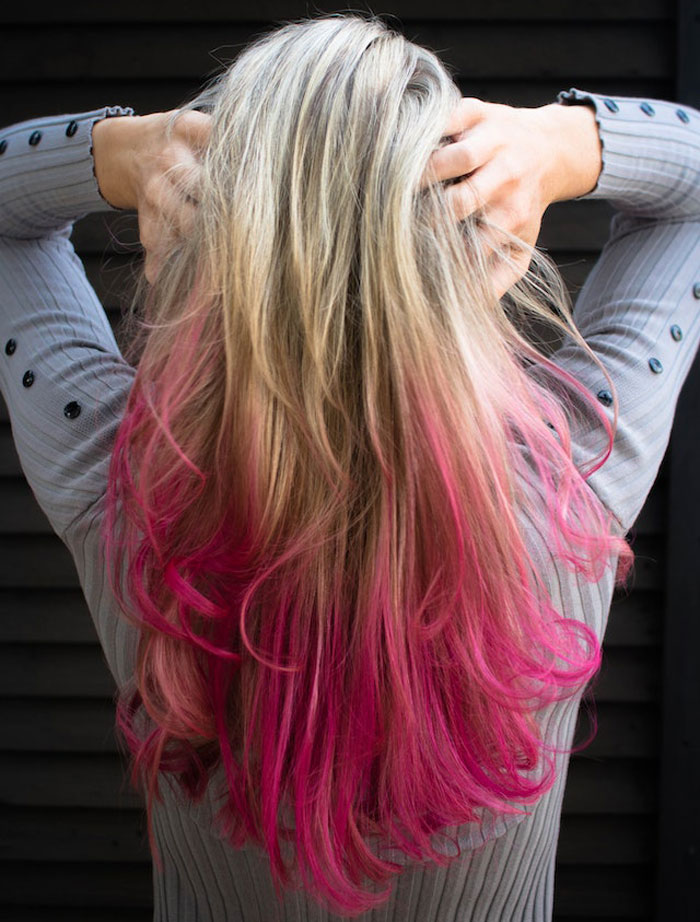

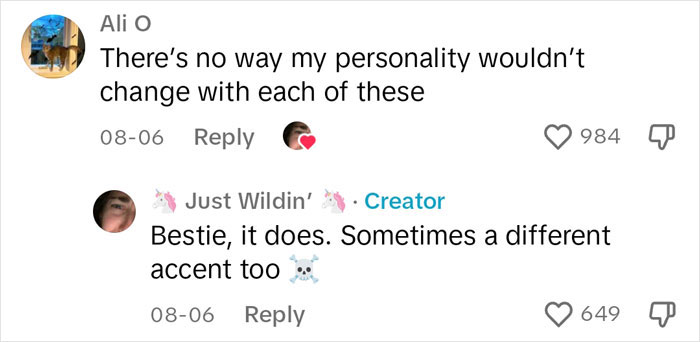
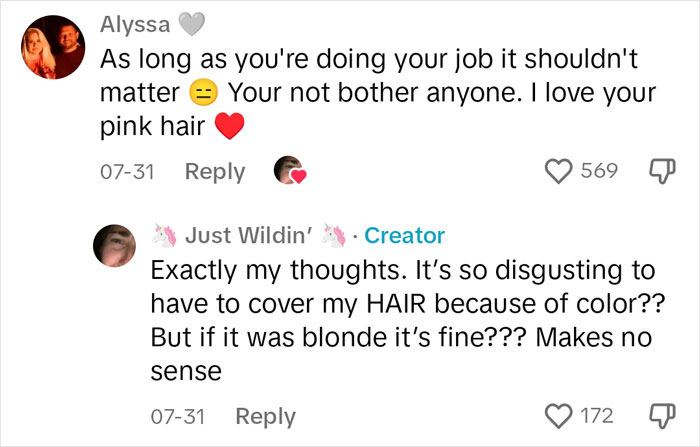
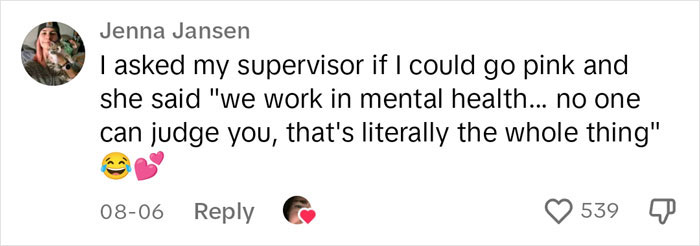
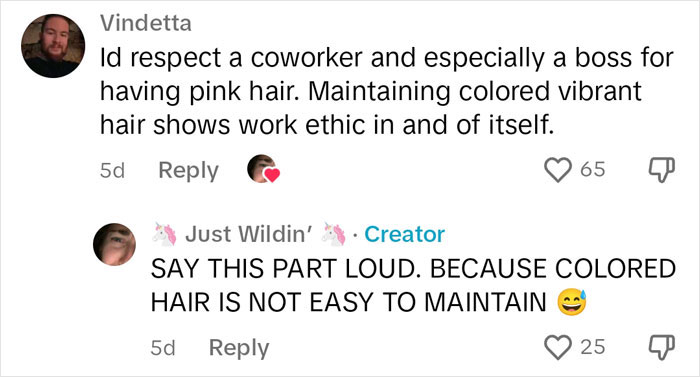

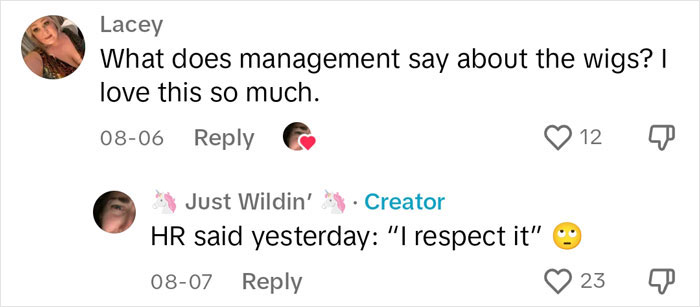


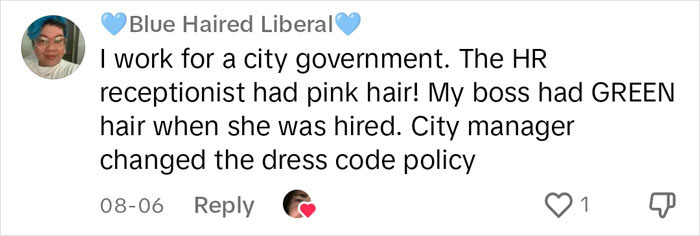


















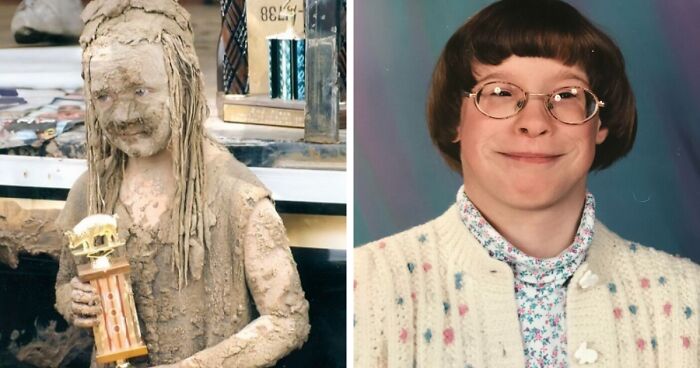

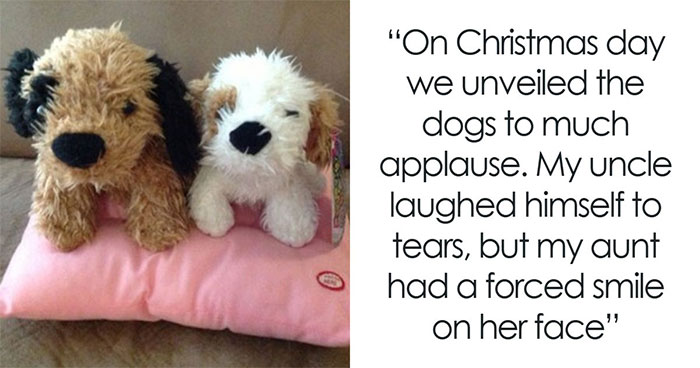































56
34